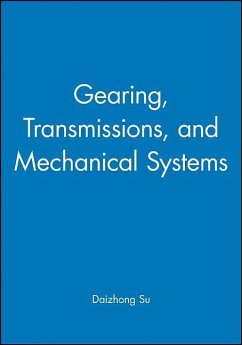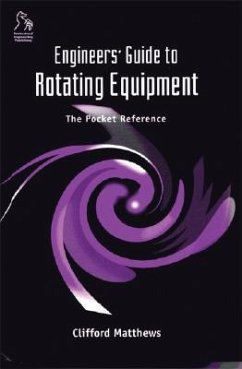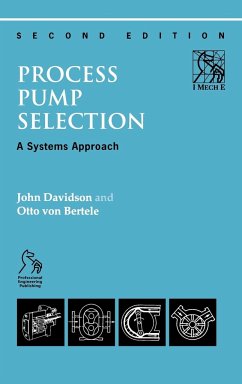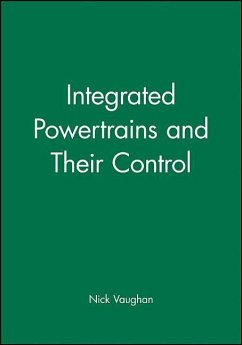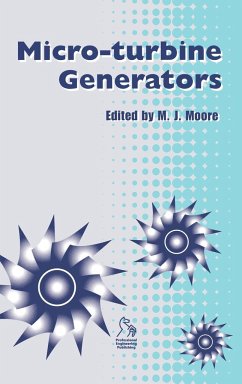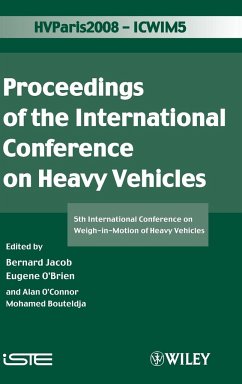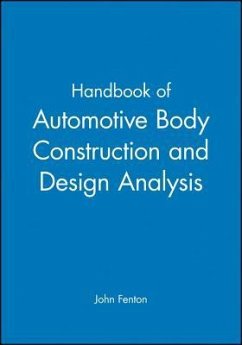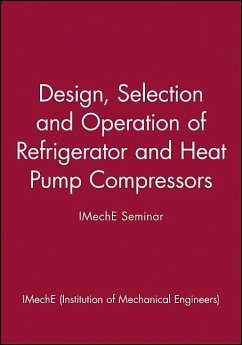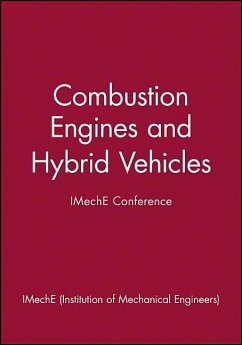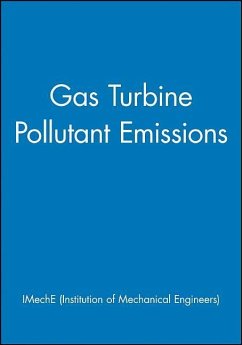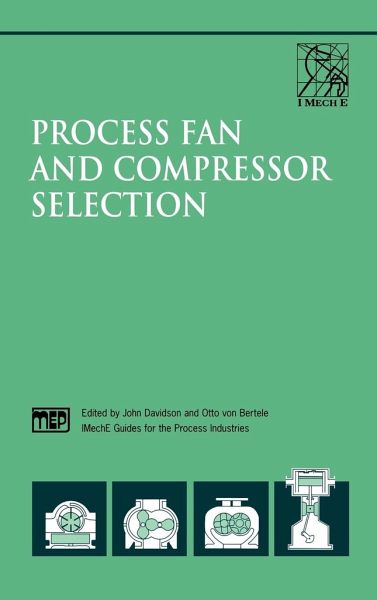
Process Fan and Compressor Selection
Versandkostenfrei!
Versandfertig in über 4 Wochen
206,99 €
inkl. MwSt.

PAYBACK Punkte
103 °P sammeln!
Process Fan and Compressor Selection is the latest IMechE Guide for the Process Industries. It is a vital source of information for all engineers who are involved in the specification, design, manufacture, selection, and procurement of fans and compressors. Helpful to both non-specialists as well as more experienced engineers and managers, it provides a practical guide to the selection process. Process fans and compressors are widely used in many industries. Reflecting this, the experience of plant users and designers, in hundred of different situations, have been drawn upon in compiling this ...
Process Fan and Compressor Selection is the latest IMechE Guide for the Process Industries. It is a vital source of information for all engineers who are involved in the specification, design, manufacture, selection, and procurement of fans and compressors. Helpful to both non-specialists as well as more experienced engineers and managers, it provides a practical guide to the selection process. Process fans and compressors are widely used in many industries. Reflecting this, the experience of plant users and designers, in hundred of different situations, have been drawn upon in compiling this book. The contributing authors have a wide variety of expertise which has been brought together in this exceptional volume. * Codes of practice drawn from 100s of examples * Empirical formulae and design guides * Invaluable guidance in this complicated field * Written for sound professional practice by experienced authors * Well illustrated with numerous diagrams and tables Ideal reference material for engineers, managers, and designers in mechanical and chemical engineering, equipment manufacturers, those training to be engineers, and anyone working on the process industries.



